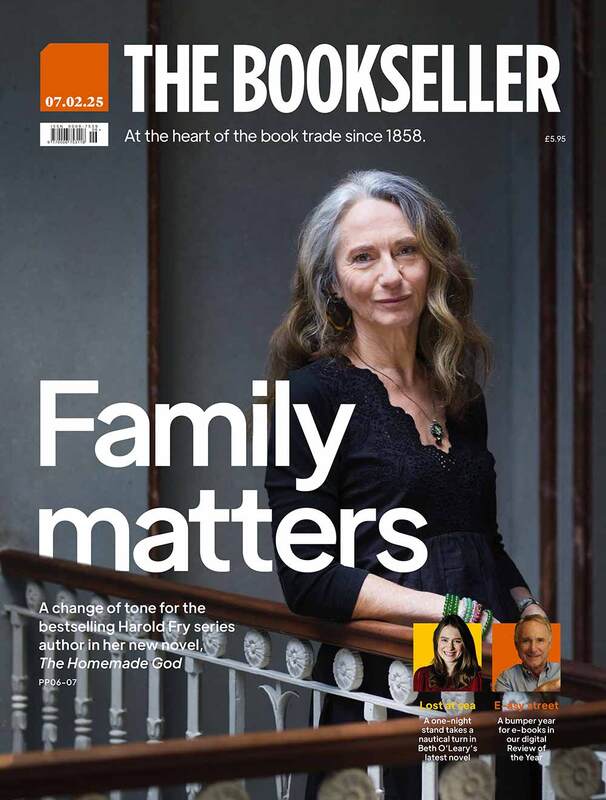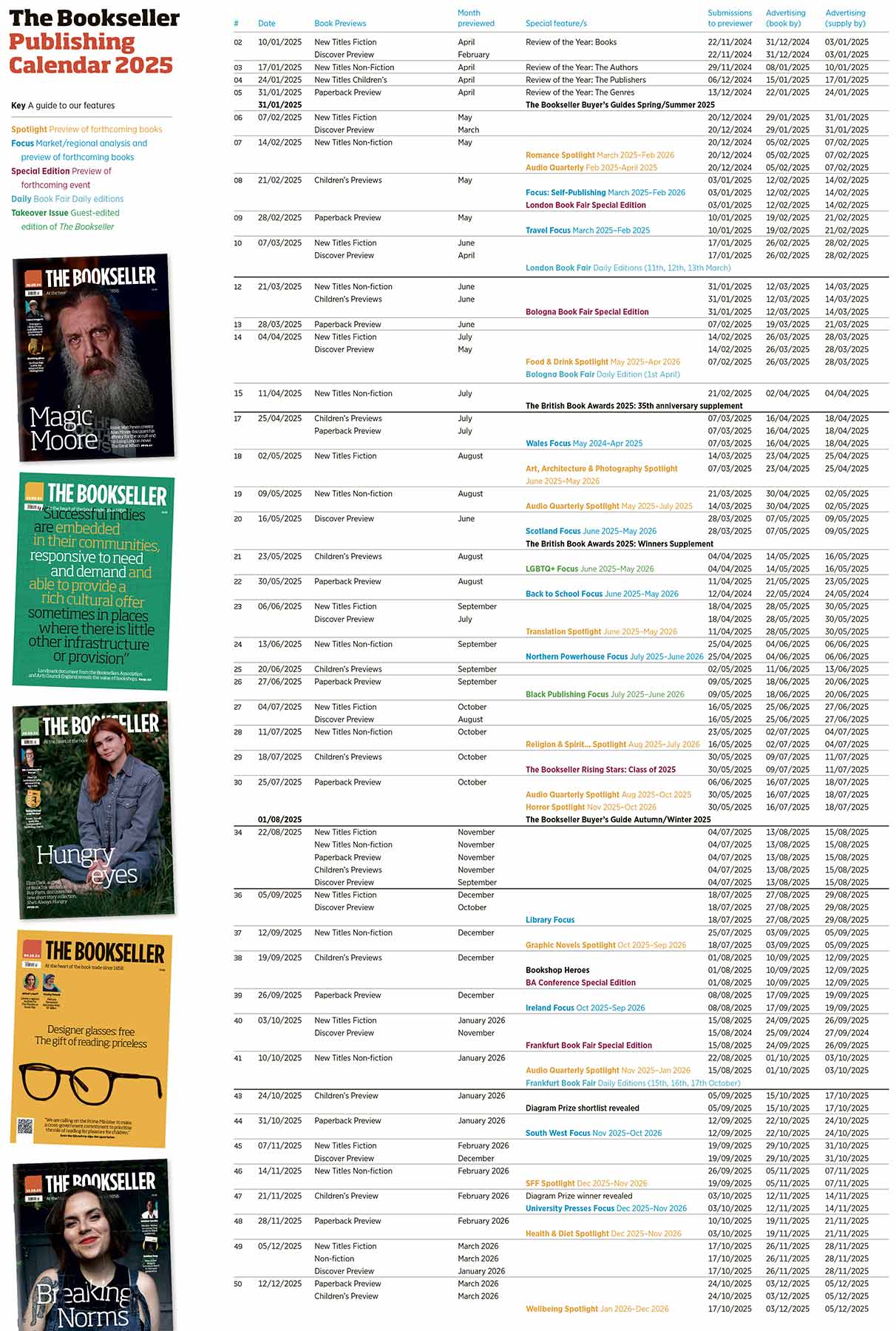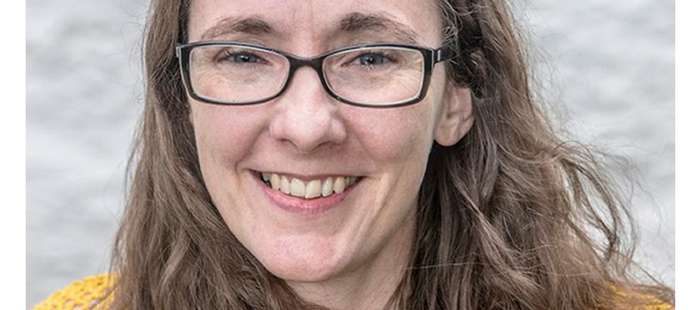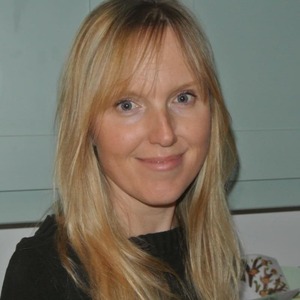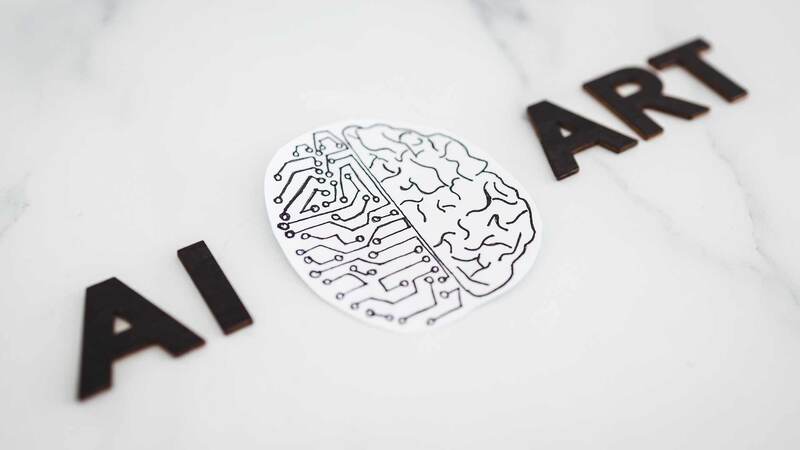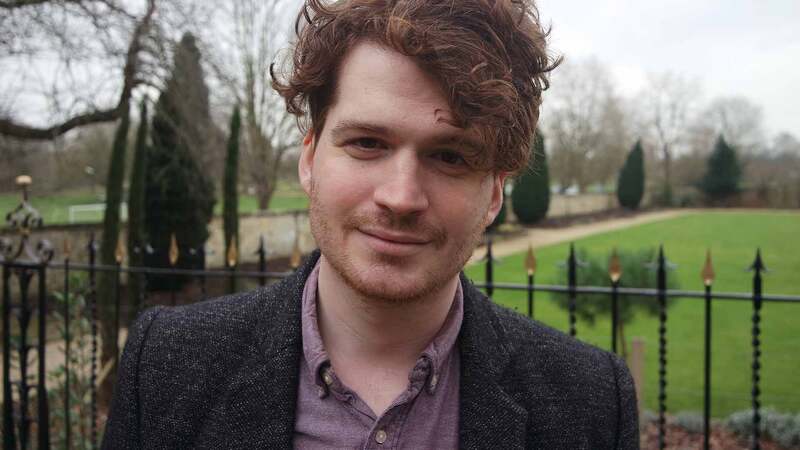You are viewing your 1 free article this month. Login to read more articles.
Sophie Anderson | "Everything that happened in the book surprised me"
At the end of the Second World War, Sophie Anderson’s Prussian grandmother fled the chaos of Germany to marry a Welsh man. "She left with nothing, but what she did have were the stories and music which were a link to her past and her culture, and to the family and homeland that she had lost."
Anderson grew up in a house of books, but the most memorable stories were those her grandmother told. "She filled her house with Prussian things, embroidered folk patterns, played music and made food. The stories she told me were the stories her mother told her. Lots of Slavic fairytales, from Germany, Poland, Russia." Anderson’s love of fairytales has endured and forms the basis of her début novel, The House with Chicken Legs, a middle-grade reimagining of the Baba Yaga story.
When Anderson talks to me from her Cumbrian home, she tells me that it is the ability of fairytales to be read on so many levels that makes them so irresistible to writers. "Different stories can mean different things to different readers, which is what I really love. They can be a fun story but they have deeper levels. When you put them into historical and social context they contain clues about religious and spiritual beliefs, about cultural values, how people felt about the ruling classes and how women and children are treated. It’s also a safe place to explore difficult or dark ideas."
She’s a fabulous character; although she’s cruel, she can be very kind and compassionate, so I wanted to write a story that explored that side, while still giving her a role to explain why people were scared of her, and also her links with death.
Eastern European fairytales may be relatively scarce in British children’s literature but, says Anderson, they are often more fluid than their Western counterparts. “Slavic tales have been less tamed. There are rich and wonderful characters, more ambiguous heroes and villains. They are much more open to interpretation and that is much more like real life.” Anderson cites Vasilisa the Beautiful and The Snow Maiden as favourites, but it was Baba Yaga and her house with chicken legs which “fascinated and terrified me. She’s a fabulous character; although she’s cruel, she can be very kind and compassionate, so I wanted to write a story that explored that side, while still giving her a role to explain why people were scared of her, and also her links with death.”
The House with Chicken Legs is narrated by 12-year-old Marinka, who lives with her grandmother Baba Yaga. Two or three times a year, the house stands up in the middle of the night and moves on without warning. Marinka longs to meet the living, but it is the dead who are drawn to the house, and Baba Yaga’s job is to prepare and guide them through The Gate.
The fibres of the traditional folk tale are woven into something utterly magical and highly original, as we follow Marinka on her quest across this world and into the next to shape her own destiny. "The story was always going to be Marinka’s. It’s about identity and belonging, about Marinka wanting to find her place in the world, exploring the questions children ask. Who am I? Who should I be? Who can I be? Do I belong? It’s about wanting to be in control of your life."
Many children’s books deal with death but centring this around the concept of guiding the dead feels very different. "The idea of death as a journey is an ancient one in lots of different cultures. I wanted that process of the death journey to be positive, the idea of the music and food, reflecting on your life. I was trying hard not to make it a scary thing." The balance between light and dark is a delicate balance to achieve for middle-grade readers. “It may be moving, it may be sad but essentially I want there to be a feeling of hope, that death is part of life, that even when people pass over we have memories of them which are important.”
While it may be a book about death, it’s most of all a book about life, and living. Anderson’s characters are vivid, unforgettable creations, from bold, stubborn Marinka, to the eccentric Old Yaga and the house itself, which has a big and very distinct personality, providing the story with much of its humour. "The most fun characters to write were the house and Jack [Marinka’s jackdaw]. You want them to be expressive but you can’t use words. Tremendous fun."
Storytelling journey
Anderson grew up Swansea with her writer mother and engineer father. Much of her childhood was spent in the nearby woods and beaches "making stories up in my head and playing imaginary games". After studying biology and geology at the University of Liverpool, she worked as a geologist for several years before moving into teaching.
Following the birth of her first child in 2006, she moved to "the wilds" of the Lake District, and it was there that her love of stories flourished. "When you have children you start telling lots of stories and reading lots of books, and that’s when I started writing."
Poems and rhyming texts for her children evolved into longer stories, and by 2015 she had written a total of five (unpublished) children’s and YA books—her apprenticeship, she says. A commendation in David Fickling’s Master of the Inkpot competition gave her confidence and the next book she wrote was The House with Chicken Legs. "As soon as I started writing, it just flowed. I had the feeling that this was going to be the one."
The first line—”My house has chicken legs”—sets the fairytale tone of the novel and has remained unchanged. "The story took on a life of its own and I wrote it in one draft. Everything that happened in the book surprised me. I didn’t know what was going to happen to Marinka or how things would end up, I didn’t particularly plan the world or the house. I felt like I had discovered this window into Marinka and her world and I was reporting back on what I saw."
A homecoming
Agent Gemma Cooper took Anderson on and the book was won by Usborne in a hotly contested auction. Choosing Usborne "was an easy decision. Its pitch made me cry," she admits: it included a beautifully designed document including staff quotes from across the company. "The care and attention was incredible. It felt like coming home."
The editing process initially felt "overwhelming at times. I was aware that it needed work, but didn’t know where to begin." Through edits with Cooper and editor Rebecca Hill, the book evolved, becoming "bigger and deeper"; the process strengthened relationships and motivations in the tale and ensured that its ending left readers with a lingering sense of hope and magic. The final package beautifully captures the folk magic, with a dreamy cover by Melissa Castrillon and interior illustrations from Elisa Paganelli.
Anderson has a two-book deal with Usborne and has just sent the second book to her editor. She homeschools her three children and "writes around the edges of the day". Her children are invaluable early critics. "They don’t lie—they’ll let you know when they’re bored". The second book is scheduled for 2019, "another reimagining of a lesser-known Slavic fairytale." Her Prussian roots go deep, she reckons. "There’s so much I want to explore there. I would love eventually to explore fairytales from other cultures, but I’m not quite there yet."


